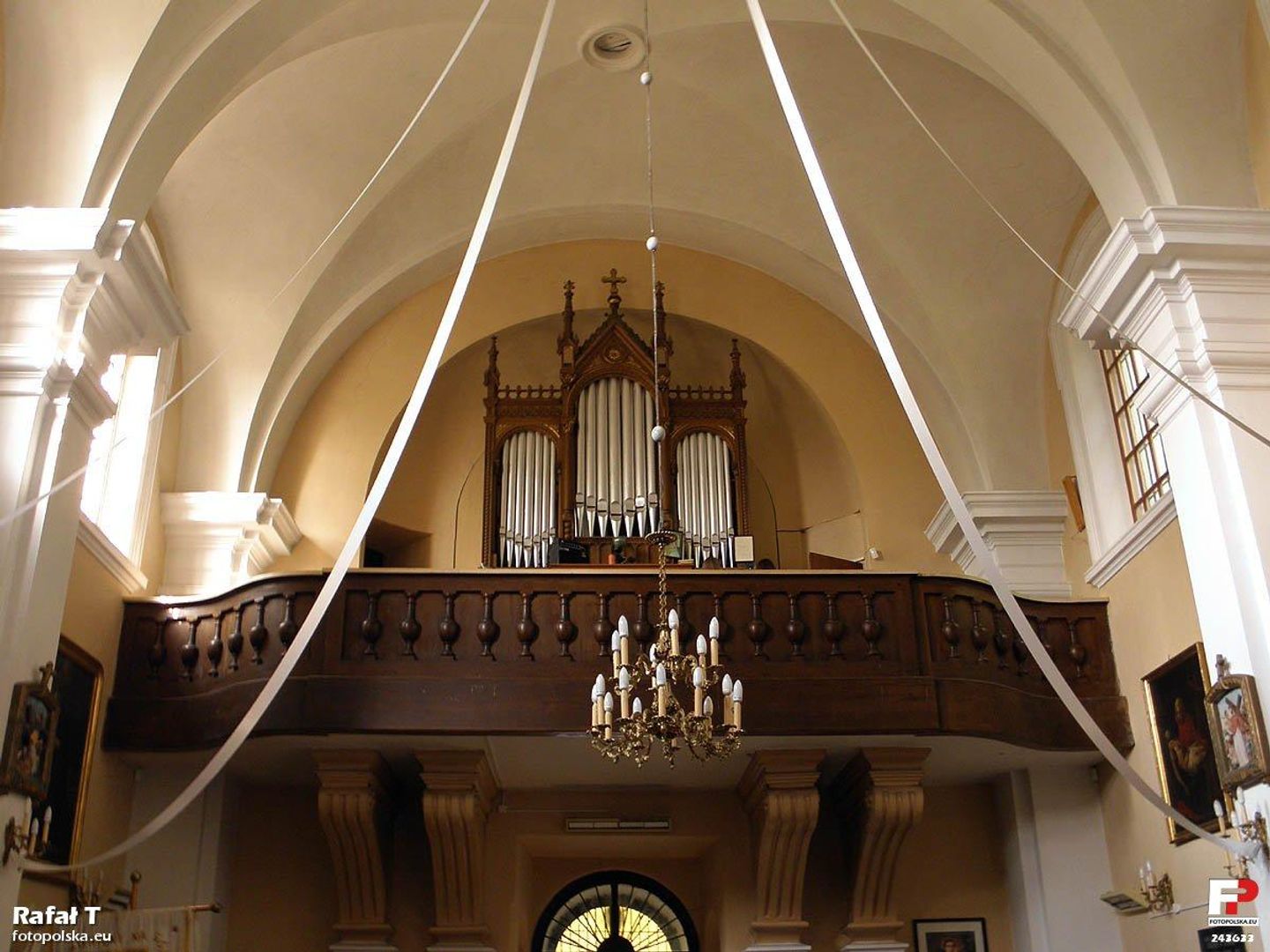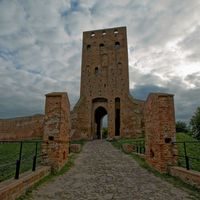Czersk
6.06

Overview
Czersk is a village in the Góra Kalwaria municipality, known for its rich history dating back to the Stone Age. Its location on a hill near the Vistula River favored settlement. In the 11th century, a stronghold was established here, which became the seat of a castellan in the 12th century and later the capital of the Duchy of Mazovia. Czersk obtained town rights in 1350, and in the 14th century, a castle was built, which became an important political center. Historically, the town experienced periods of prosperity, especially during the reign of Queen Bona, who developed trade and crafts. The famous cloth known as londryn also originates from this period. However, after the devastation of the Swedish Deluge, the town declined, and in the 18th century, its systematic regression began. In 1870, Czersk lost its town rights under Russian rule. To this day, the ruins of the medieval castle remain, serving as the main tourist attraction. Another significant monument is the Church of the Transfiguration, built between 1805 and 1806, as well as the medieval urban layout of Czersk. In 2009, a 500-year-old boat was discovered near the castle, providing an interesting attraction for archaeologists and tourists. The name Czersk first appeared in the Laurentian Codex of 1142 as Čьrnьsk and later evolved through various forms to its contemporary version. Czersk is not only rich in history but also a place full of architectural treasures and cultural traditions that attract tourists and history enthusiasts.
Location
You can also find here:
2025 Wizytor | All Rights Reserved
